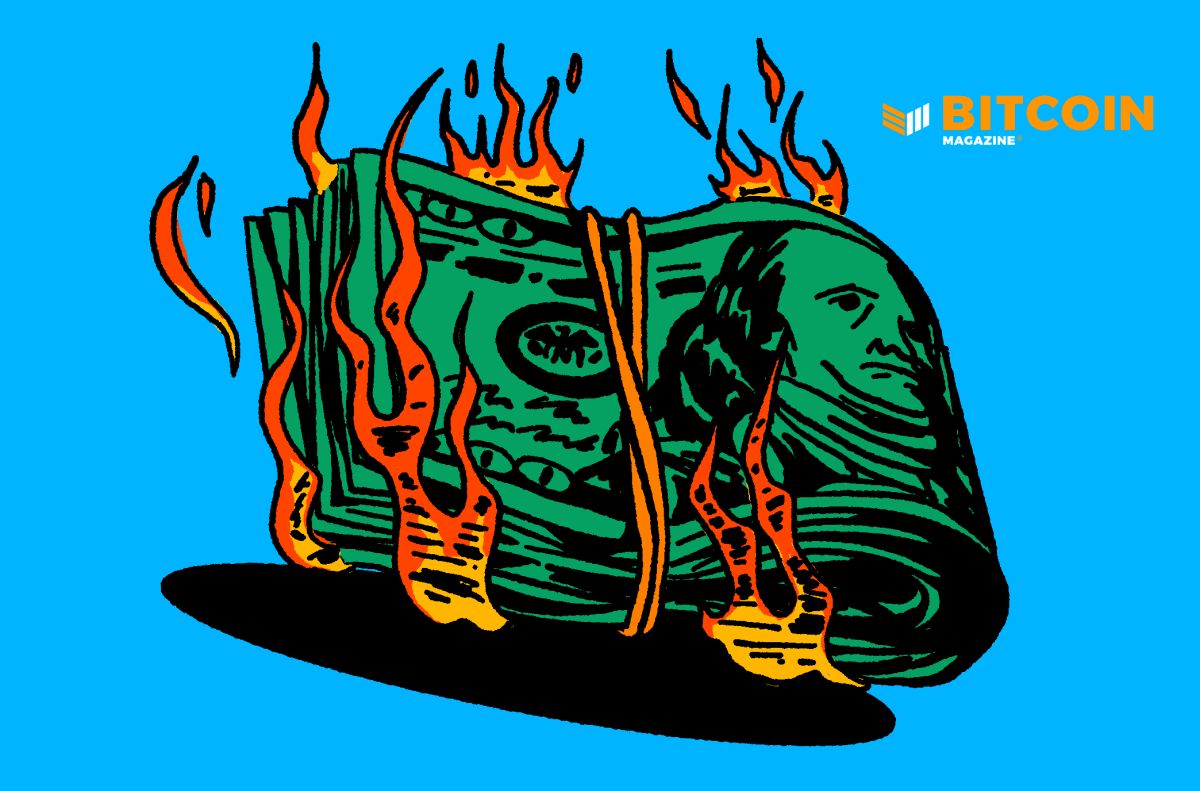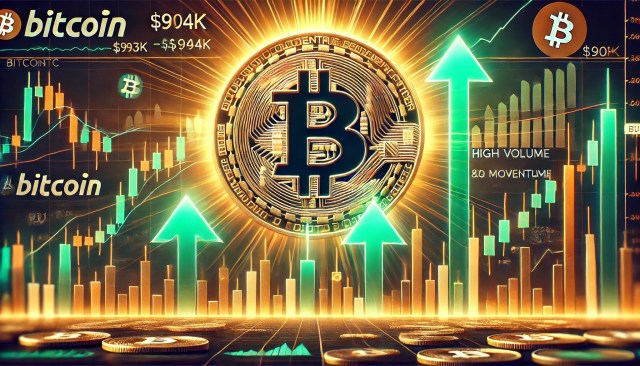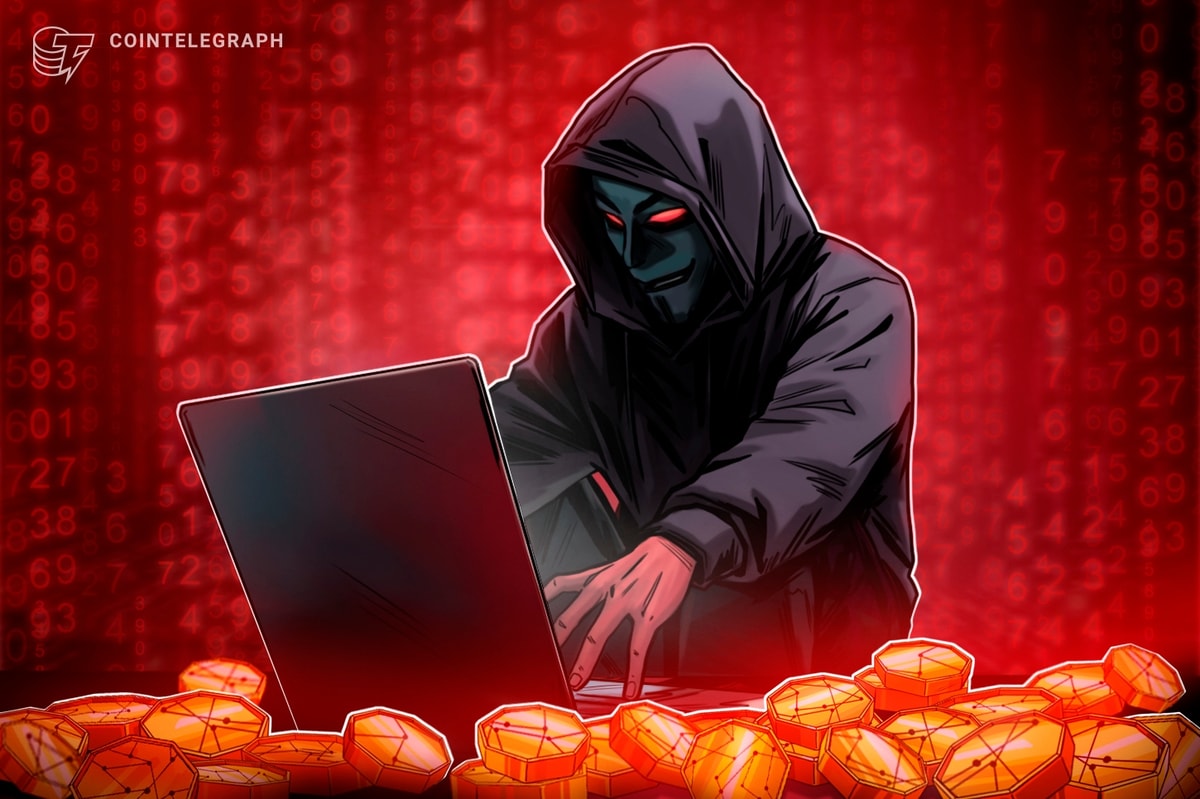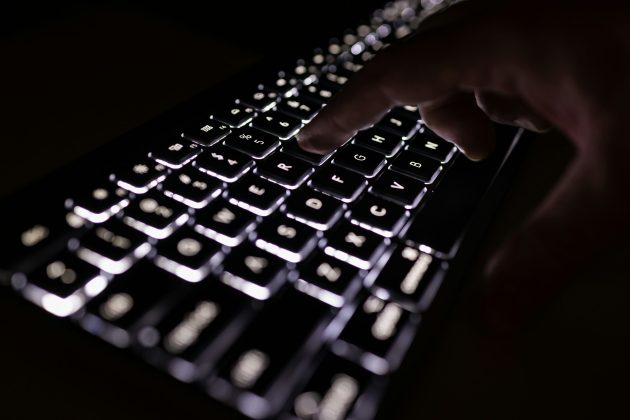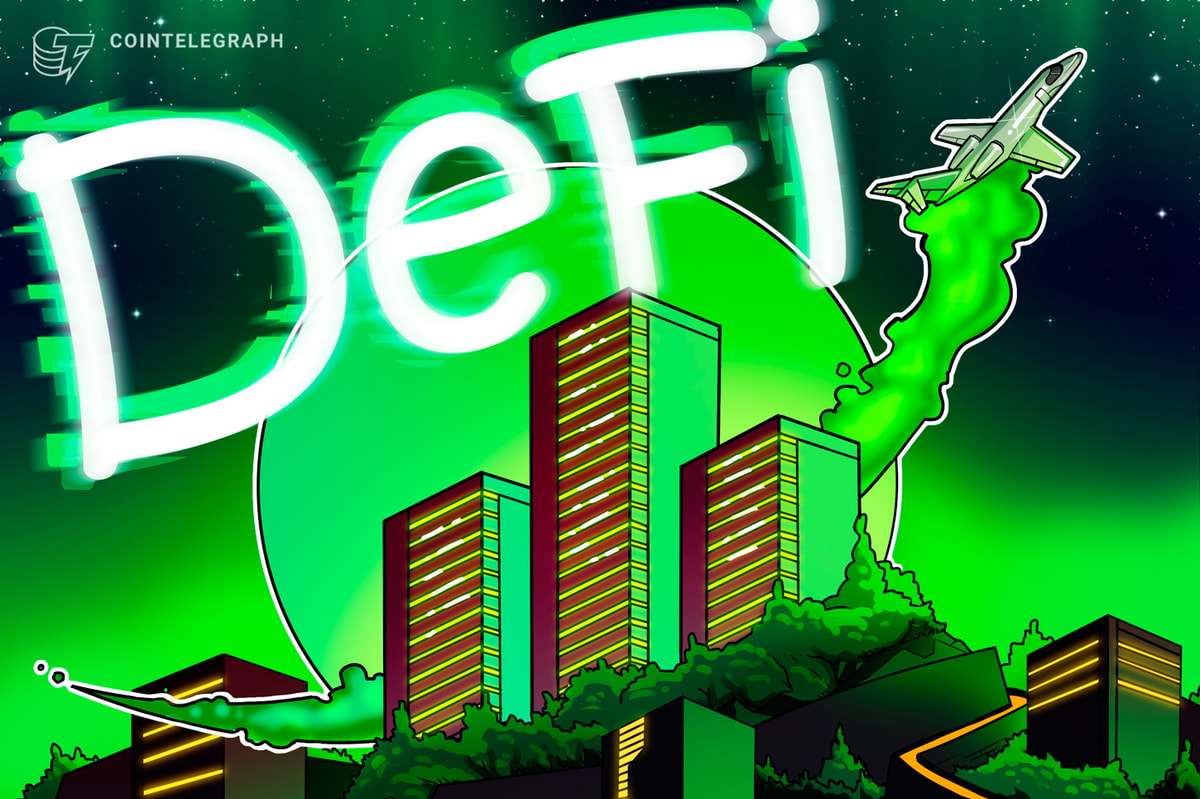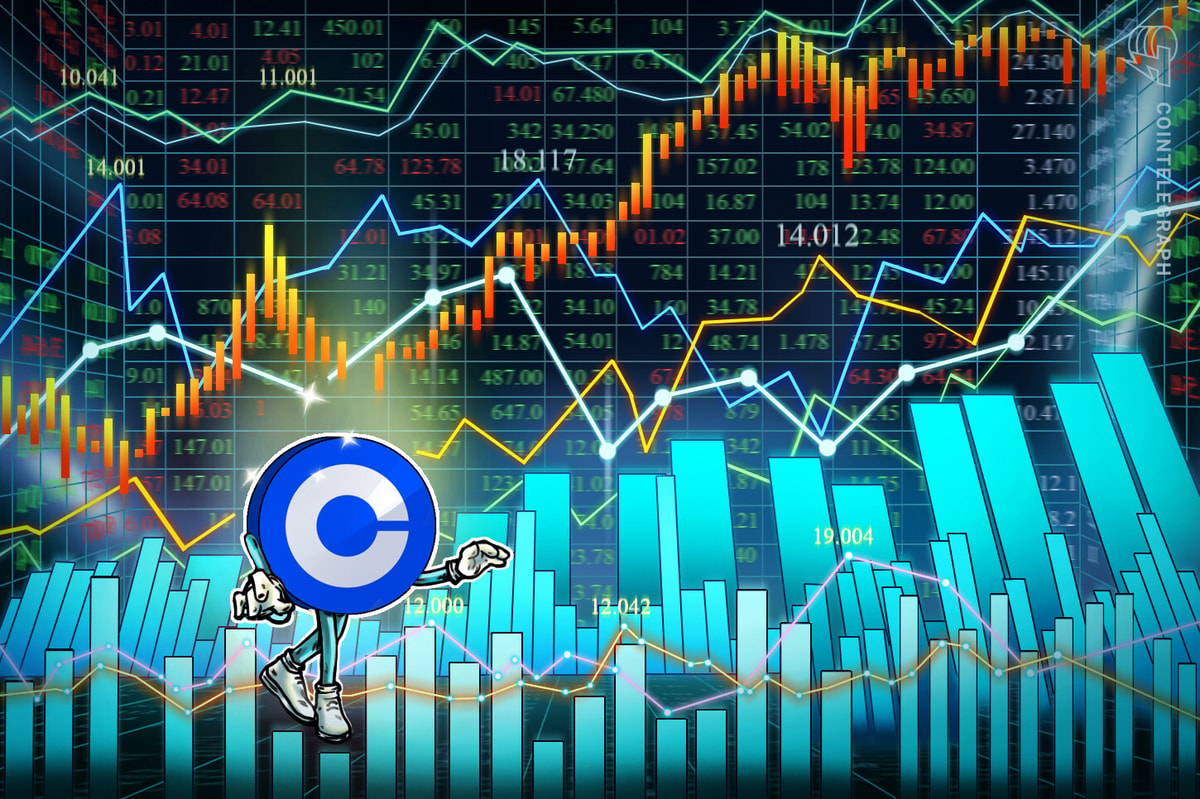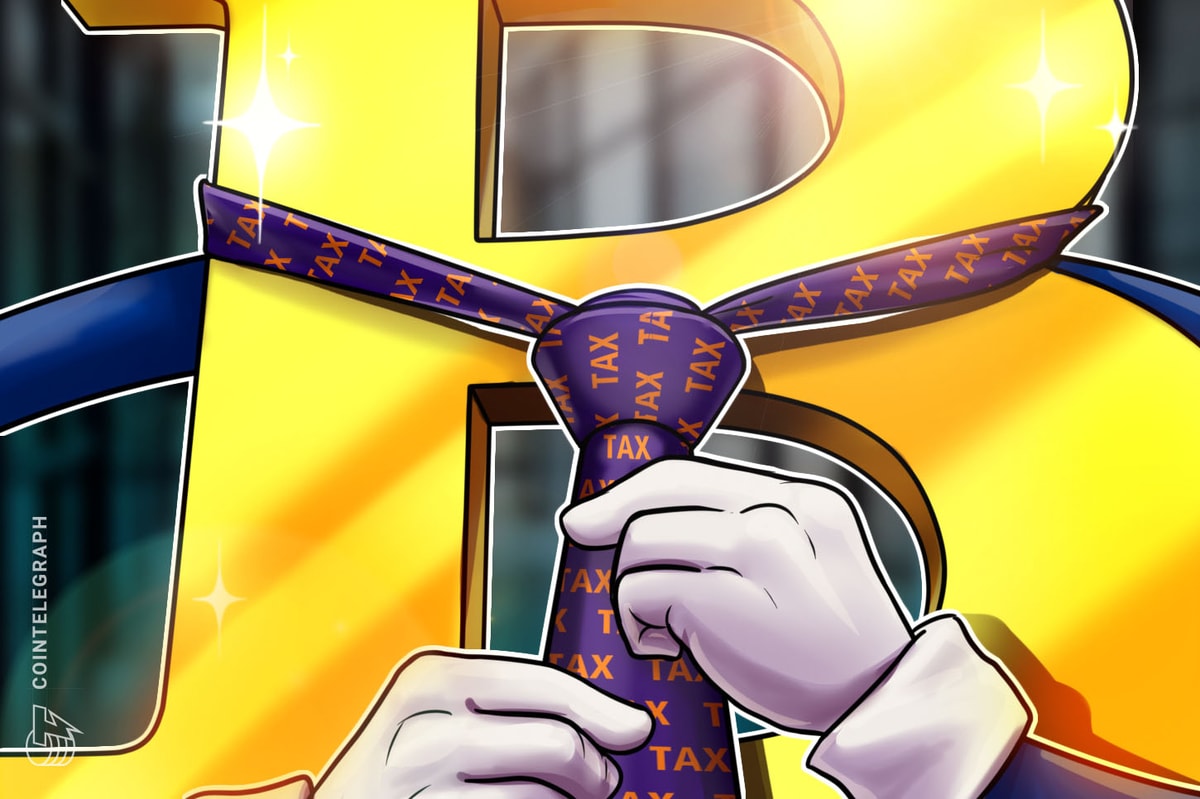The ongoing war in Ukraine has had devastating consequences, including the destruction of cultural and historical objects. As the conflict continues, it is critical to protect Ukrainian artworks and cultural heritage. By using innovative technologies such as blockchain and nonfungible tokens (NFTs), art enthusiasts can ensure the protection and longevity of Ukrainian art, allowing future generations to appreciate and learn from its profound significance.
But how can NFTs preserve fragile art during military conflicts and bridge the gap between traditional and digital art, increasing the visibility and accessibility of art to a broader audience? Shedding light on this topic is film director Asya Nikolaeva, a Ukrainian now living in San Francisco, who launched the CityX project, which aims to preserve Ukrainian art through NFTs.
CityX’s mission is not only to present and preserve art but also to support Ukrainian artists in Kharkiv, Ukraine’s second-largest city, and galleries affected by the war. By providing a platform for these works, CityX contributes to the restoration of cultural spaces.
Q: What is fragile art for you and how can NFTs help to preserve it?
Asya Nikolaeva: My mother Tatyana Tumasyan spent 30 years building an art ecosystem in my hometown of Kharkiv. She established two contemporary art galleries, one of which is the Kharkiv Municipal Gallery, the first Municipal gallery in Ukraine, opened in 1996.

Tatyana Tumasyan at her gallery | Source: CityX
The collection of both galleries consists of more than 500 artworks, many of which come from the beginning of the 20th century. Each painting represents a personal story for me, my mother, my city and my country. Now, due to the ongoing war in Ukraine, we don’t know if we will be able to save the collection, knowing that more than 10,000 artworks throughout Ukraine are either stolen or destroyed. That’s why we needed NFTs. They are like the superheroes of the art world, transcending all physical vulnerabilities and keeping these personal stories alive for us, our children and all future generations.
20 years of Non Stop Media 🎉
— Cityx_io (@Cityx_io) June 2, 2023
The Kharkiv Municipal Gallery has given many young people an opportunity to express their creativity over the years. Among them are our artists - Artem Volokitin, Gamlet Zinkivskyi, and Roman Minin. pic.twitter.com/Tx8XinNgB2
Q: Can NFTs also help to increase the visibility and accessibility of art, especially for audiences that may not have had access to it before?
AN: Yes, because NFTs transcend physical limitations, allowing people of all backgrounds to engage with the artwork and its creators. Our mission is to bridge the gap between traditional and digital art, promoting understanding and appreciation of both. We want to unite two different communities and provide opportunities for artists, collectors and art lovers from both worlds to thrive and reach out to each other.
Q: You’re working with physical artworks and “converting” them in NFTs to “preserve their genius for generations to come.” Why did you choose to use NFT technology to showcase and preserve physical artworks in the digital space?
AN: As NFTs, physical artworks can transcend time and space, reaching a global audience while leaving a lasting legacy. It’s like giving them a digital cape.
My NFT adventure was bound to happen sooner or later. Living in San Francisco, I am always surrounded by the smartest people from the tech and crypto space. I started thinking about NFTs when the technology first came out because I’m a movie director and I saw the potential of NFTs in my career. The war in Ukraine only accelerated this transition.
The life of miners is both challenging and deeply honorable—a topic to which Roman Minin wholeheartedly dedicates his work. It is a subject that holds great personal significance for him ⛏️
— Cityx_io (@Cityx_io) June 7, 2023
Become the official owner of an NFT version of a famous Ukrainian artist's artwork.… pic.twitter.com/xePJK1mJ9W
Q: What was your inspiration behind CityX and its mission to support fragile art?
AN: We managed to get my mother out of Kharkiv, she was under constant bombardment in early March 2022. We were afraid that we would not be able to get my mother to safety because she refused to leave the city and her beloved galleries. We finally convinced her to leave Kharkiv, but it was impossible to transport the entire art collection with her.
Our hearts still break when we hear the news of new attacks and bombings in Kharkiv because we’re afraid that one of them might hit the galleries, which happened at the very beginning of the war, when a rocket hit Freedom Square, just a few blocks away from the Municipal Gallery. The basement, where the works are currently stored, is not built to withstand a bomb. The desire to change the fate of the Kharkiv collection, to help the artists who remained there and to raise money for the construction of a protected art storage facility was the inspiration that motivated me to create the CityX NFT art project.
Q: How do you select the artists and artworks featured in CityX’s NFT drops?
AN: The first drop of CityX’s NFT collection is a carefully curated selection that represents the rich history of the Kharkiv avant-garde movement. Our mission was to present a diverse and vibrant range of artworks spanning a century of artistic evolution, from the early 20th century to the new generation of Kharkiv avant-garde artists in the 2010s. It was an amazing adventure to digitize each masterpiece with our talented 2D artist, Bogdan Kiyas, who created all of our NFT artworks in Ukraine under the constant sound of sirens and hiding in the basements of apartment buildings during the shelling.

“Kharkiv,” Vasilii Myronenko, 1954. Source: CityX
Q: Can you share more about the charity aspect of CityX’s work and its first NFT drop? How do you support Ukrainian artists and galleries?
AN: The most fragile part of our 13 works is the mural (wall) on the concrete fence around the Vovatanya Gallery (one of my mother’s galleries). It was created by two artists, Roman Minin and Gamlet Zinkivskiy. This NFT was already sold out and we plan to send 100% of the proceeds of this sale to the Vovatanya Gallery.

Source: Vovatanya Gallery
We want to protect the mural so people can visit and experience its uniqueness in both dimensions — physically in Kharkiv and digitally on CityX. Three more artworks from the partial drop are now available for sale, and we will transfer 50% of the proceeds from their sale to the artists, their families and the restoration of the galleries.
"GOGOL DREAMED OF WILD ANIMALS" - SOLD! 🌸#NFT piece is based on a fragile mural still adorning the fence of VOVATANYA gallery in Kharkiv. 100% of funds go to preserving art collection of the gallery.
— Cityx_io (@Cityx_io) June 5, 2023
Your contribution protects Kharkiv's heritage! 🇺🇦https://t.co/vXmngS9ATO pic.twitter.com/gNPJ833Jyn
Q: Do you have an artwork you are proud of that you were able to save and preserve in NFT form?
AN: Our collection boasts some precious gems that we are proud to bring into the digital realm. Among them is a collage “Untitled,” created by Vagrich Bakhchanyan. He is a remarkable satirical poet and artist who was friends with the poet Joseph Brodsky and the writer and political dissident Eduard Limonov.
Another notable work is “Pool” by Boris Kosarev, a pioneering artist of the early 20th century and one of the founding members of the Ukrainian avant-garde. This artwork, with its rich history spanning over a century, now graces our gallery in digitized form. We are proud to be able to capture the essence of time through this technological innovation.

“Untitled,” Vagrich Bakhchanyan, 1990. Source: CityX
Q: Can you share any upcoming NFT drops or plans for CityX?
AN: Our second drop will feature talented Ukrainian artists whose careers took off after February 24, 2022, in collaboration with the Kharkiv-based sound project Culture of Sound. In addition, we will release a separate drop of Rabbit NFTs, adopted as our mascots, granting access to community utilities and offering collectors the opportunity to purchase linked physical artwork and attend events.
Q: Can physical and digital art contribute to conflict prevention and peacebuilding? If so, in what way?
AN: Absolutely. First, art brings communities together and enables the convergence of physical and digital art across borders, showcasing artwork from conflict-affected regions to promote understanding and dialogue for peace.
Second, art empowers marginalized voices, addresses the root causes of conflict, and promotes unity. Global exhibitions raise awareness and inspire collective action for peace.
Beyond digital assets: “Art washes away from the soul the dust of everyday life.” Pablo Picasso’s quote always reminds us of this invincible tool of art.
Disclaimer. Cointelegraph does not endorse any content or product on this page. While we aim at providing you with all important information that we could obtain in this sponsored article, readers should do their own research before taking any actions related to the company and carry full responsibility for their decisions, nor can this article be considered as investment advice.



